The Tesla Supercharger might sound like a performance upgrade for one of its range of increasingly popular EVs, but it’s actually the name given to the brand’s public charging devices.
These DC rapid-chargers are a huge part of Tesla’s appeal, forming a large network that allows drivers to travel further and faster than with almost any other EV.
Unlike other EV manufacturers, Tesla has invested as heavily in the charging infrastructure as it has its cars, making the ownership proposition much more appealing for many – particularly those new to electric cars.
Yet what exactly are these Superchargers and how do they work? Read our in-depth guide and all will be revealed.
What is the Supercharger network?
Perhaps more than its cars, it’s Tesla’s Supercharger network that's the key to its incredible success over the last decade or so. While other brands choose to simply build EVs and let others worry about the supporting charging infrastructure, Tesla has taken a more joined-up, one-stop-shop approach by constructing its own network of chargers to service its customer’s cars.
Tesla bosses knew that EVs would struggle to catch on due to the inevitable range anxiety: that feeling of dread that you’re going to run out of charge on the road. So to ease people’s fears, it started building numerous own-branded Supercharger sites on major routes to allow people to top-up their cars' batteries quickly and easily, as well as undertake the sort of lengthy trips that until then were the preserve of ICE cars.
The first Superchargers appeared in the US in 2012, when Tesla unveiled six sites across its native state of California. Since then, the network has grown to more than 35,000 chargers globally, with over 20,000 in the US and 10,000 in Europe, with more than 900 of those in the UK. Each location has numerous chargers, which in Britain currently means anything between four and 12 units, each capable of charging two cars.
The popularity of the network has been further boosted by some venues having handy features such as free wi-fi, allowing drivers to stay connected and carry on with business while topping up their cars. A few locations also have solar panels for lower-emissions charging, complete with on-site batteries that store unused energy collected from the sun. Tesla plans to roll out more of these solar-powered Superchargers over the coming years.
Currently, all Superchargers can only be used by Tesla cars, which for many owners is a huge part of their appeal. As one of the largest individual charging networks on the globe, it gives Tesla drivers almost unrivalled access to charging points, with more availability per car than any other network.

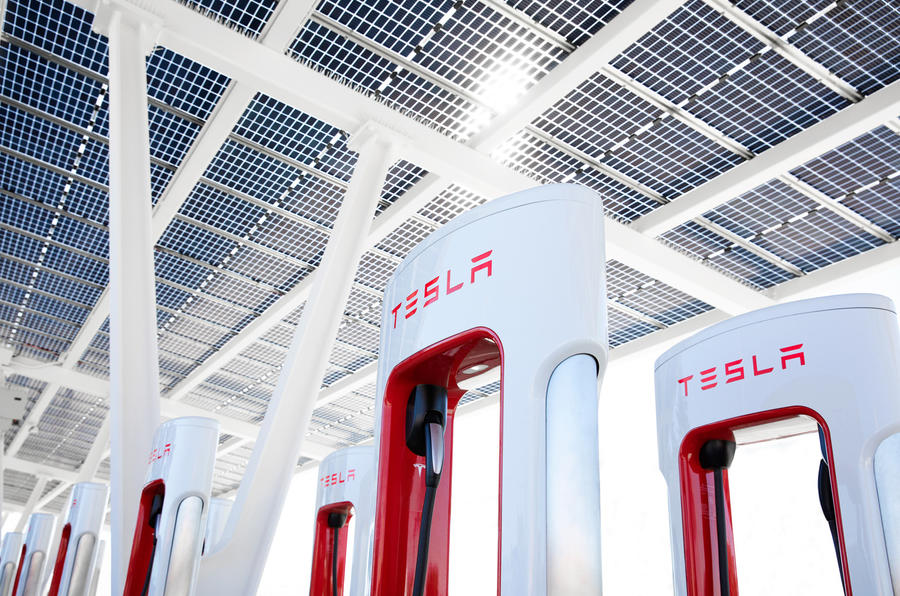
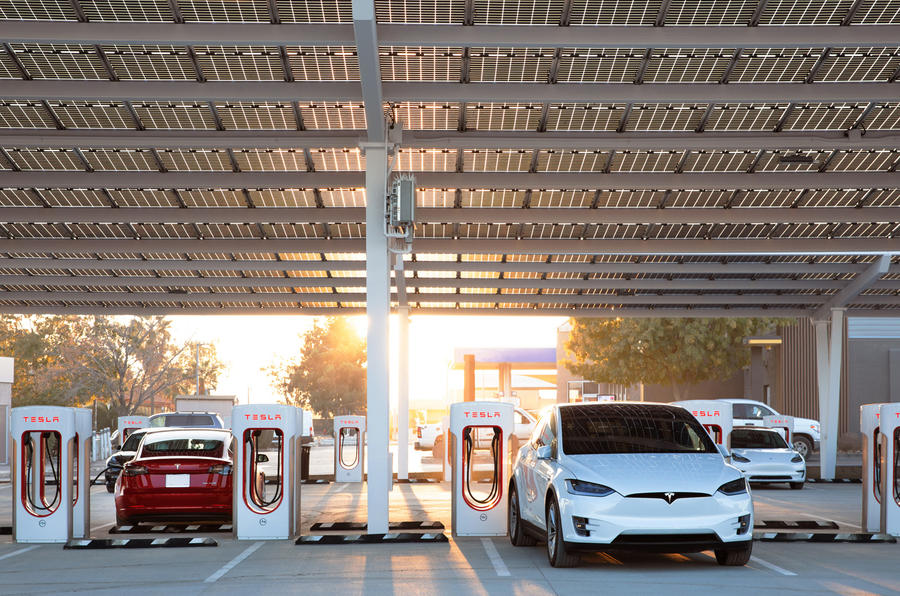
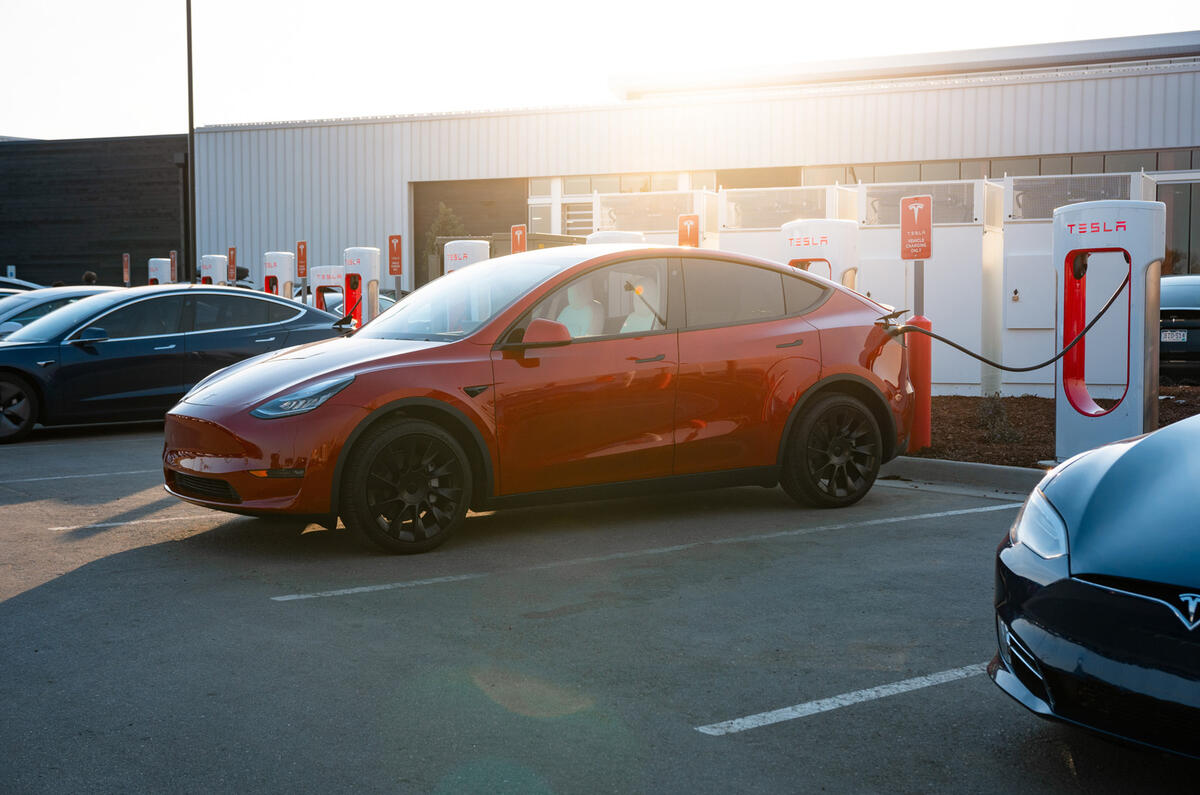


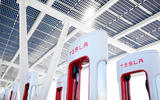





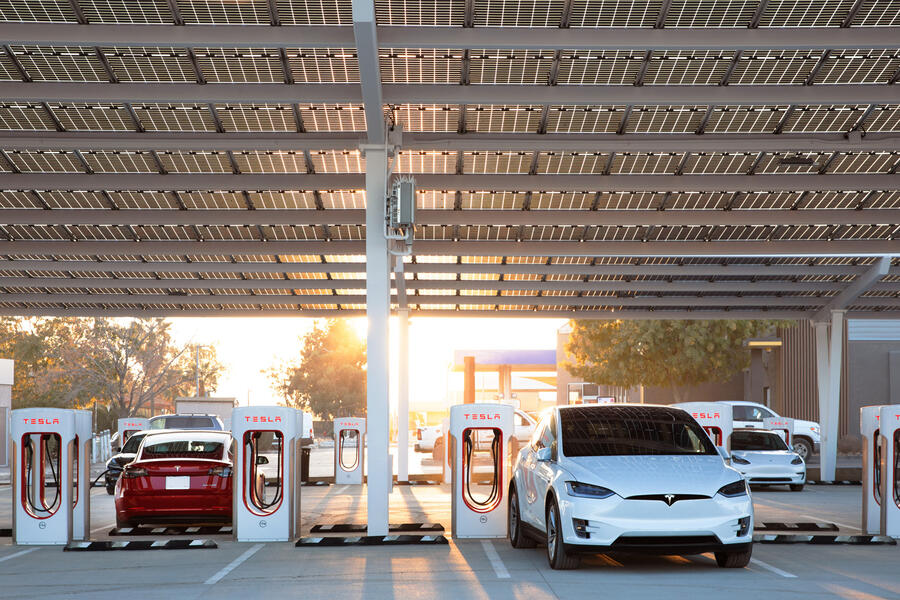


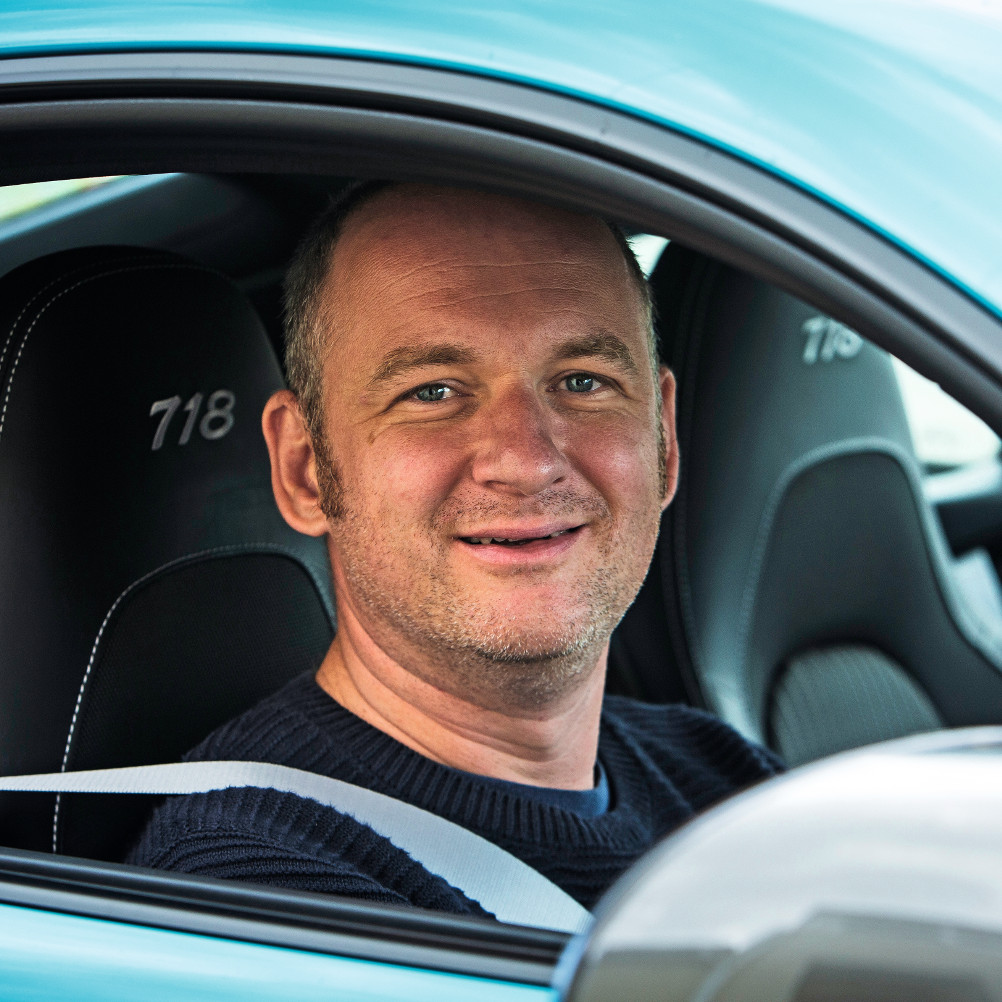




Join the debate
Add your comment
£40K is still a lot for a two year old car like this, it's a family car, not a sports car.